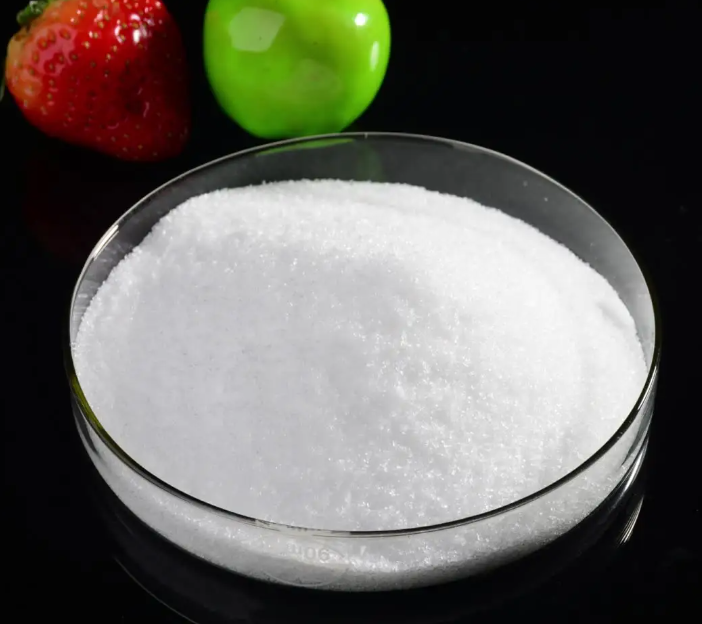Potassium Nitrate(Potassium content 46%)
Potassium nitrate is an inorganic compound, commonly known as saltpeter or earth nitre, with the chemical formula KNO3. It is a potassium-containing nitrate, colorless, transparent orthorhombic crystal, rhombohedral crystal, or white powder, odorless, and has a salty and cool taste.
Detailed Description
Potassium Nitrate
1. It can participate in redox reactions
S+2KNO3+3C====K2S +N2↑+3CO2 ↑ (black powder reaction). Note that sulfur and potassium nitrate are oxidizing agents in this reaction.
2. It has oxidizability in an acidic environment.
6FeSO4+2KNO3 (concentrated)+4H2SO4====K2SO4+3Fe2(SO4)3+2NO↑+4HO2
3. It decomposes to produce oxygen when heated:
2KNO3 = Heated = 2KNO2 + ↑O2↑
4. Exposure to organic matter, phosphorus, or sulfur, as well as impact or heating, can cause this product to ignite and explode. It is an irritant.
Potassium nitrate is an inorganic compound, commonly known as saltpeter or earth nitre, with the chemical formula KNO3. It is a potassium-containing nitrate, colorless, transparent orthorhombic crystal, rhombohedral crystal, or white powder, odorless, and has a salty and cool taste. It absorbs little moisture from the air and does not readily agglomerate. It is freely soluble in water, soluble in liquid ammonia and glycerol, and insoluble in anhydrous ethanol and ether.
Potassium nitrate is a chlorine-free nitrogen-potassium compound fertilizer with high solubility. Its active ingredients, nitrogen and potassium, are capable of being quickly absorbed by crops, leaving no chemical residues. As a fertilizer, it is particularly suitable for some chlorine-sensitive crops (e.g., potatoes, strawberries, beans, cabbage, lettuce, peanuts, carrots, onions, blueberries, apricot trees, grapefruits, avocados, etc.) as well as vegetables, fruits, and flowers.

Functions of Potassium Nitrate
1. It is used as an analytical reagent and an oxidant. It is also used for the synthesis of potassium salts and the preparation of explosives.
2. In the food industry, it is used as a color coupler, color fixative, antimicrobial agent, and preservative. If used in preserved meat, it acts as a preservative in luncheon meat.
3. It is a raw material for the manufacture of black gunpowder, such as mine gunpowder, ignition harnesses, firecrackers, etc. It is also used to create purple sparks in fireworks. Used for quenching salt baths in mechanical heat treatment; Used for creating colored ceramic glazes in the ceramic industry; Used as a glass refining agent; Used for manufacturing glass bulbs for automotive lamps, glass bulbs for optical glass picture tubes, etc.; Used for producing penicillin potassium salt, rifampicin, and other drugs in the pharmaceutical industry; Used for manufacturing cigarette paper; Used as catalyzer; Used as an ore-dressing agent; Used as a compound fertilizer for crops and flowers.
4. Potassium nitrate is also a color fixative approved for use in P.R. China. In meat products, it is reduced to potassium nitrite due to bacterial action, thereby fulfilling the dual role of color preservation and bacterial inhibition. China stipulated that it can be used for meat products, and the maximum amount to be added should be 0.5 g/kg, and the residue amount should be no more than 0.03 g/kg.
5. It is used for manufacturing fireworks, matchsticks, ceramic glazes and fertilizers.
6. Industrial potassium nitrate is also widely used in tempered glass manufacturing.

Classification:
Potassium Nitrate

Key words:
Potassium Nitrate(Potassium content 46%)
